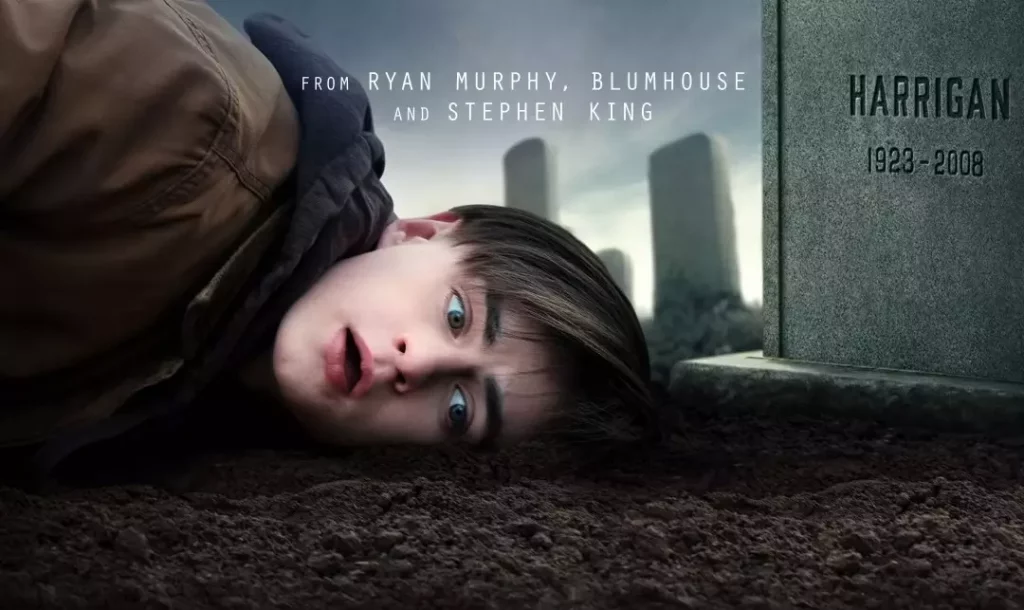Mr-Harrigans-Phone-2022-Movie-Review And Trailer

Stephen King’s work captures sentimentality and the minutia of small-town life well, effectively building the horror from the nostalgic and mundane. In Netflix‘s adaptation of Mr. Harrigan’s Phone, a novella from 2020’s If It Bleeds, a quaint coming-of-age story gets blended with the dangerous pitfalls of technology. The focus on the former and an emphasis on the details over the story or scares make for an uneven though frequently poignant journey.
Reclusive billionaire Mr. Harrigan (Donald Sutherland) hires a young boy, Craig (Jaeden Martell), to read to him a few times a week. Mr. Harrigan’s ruthless business practices in his younger years left him without friends, and his elder age means his eyesight isn’t what it once was. The pair form an unlikely bond that begins with a shared love of books that only deepens over the years. Craig even brings Mr. Harrigan into the modern world when he buys and then teaches his old friend how to use an iPhone. When Mr. Harrigan passes away, Craig discovers that some connections never fade as he’s able to communicate from beyond the grave.
The Blind Side and Saving Mr. Banks writer/director John Lee Hancock makes an excellent choice to helm this adaptation when exploring the tender relationship between two lonely souls. The first half of the film nurtures the details behind this central friendship. Craig lost his mother not long before crossing paths with Mr. Harrigan, and his dad (Joe Tippett) feels more lost without her than he. Then he enters the tumultuous high school age just after the turn of the century. The advent of smartphones creates a whole new layer of social complications.
Much like the source novella, Mr. Harrigan’s Phone plays out in two distinctly different halves. The first half, pre-death, adheres closer to King’s affecting non-horror stories like Stand by Me. The second slowly introduces the supernatural element, with Craig forced to grapple with the consequences of communicating with his dead friend. It’s in this back half that the story spins away from Hancock’s careful control.
With Sutherland out of the equation, the film rests on Martell and a few cryptic iPhone messages to carry the weight of that central friendship. Hancock prefers to keep any supernatural rules vague and unexplored, instead opting to frame any moral lessons learned strictly from Craig’s youthful perspective. Craig contends with first crushes, high school bullies, and even more tragedy. This dovetails with a “be careful what you wish for” style of lowkey horror and a methodical unfurling of Mr. Harrigan’s past. All these various and loosely connected plot points don’t congeal nearly as neatly or cohesively as the film’s focused first half. The back half has an anemic quality as it drifts through Craig’s adolescence like a passive spectator.
Donald Sutherland winds up serving as the glue that holds this feature together. The tenured actor plays well off Martell, and both succeed in instilling emotional investment in the oddball friendship. There’s an inherent sweetness to that bond between the reclusive billionaire and lost little boy, but Sutherland balances that genuine affection with underlying cruelty. That portrayal sets up the entire back half as Mr. Harrigan imparts supernatural lessons of vindictiveness. But without Sutherland’s gravitas, Hancock struggles to convey the terrors of karma or the double-edged sword of technology. A strong start tapers off into a quiet and uneven morality fable that’s ultimately too vague to make an impact.




